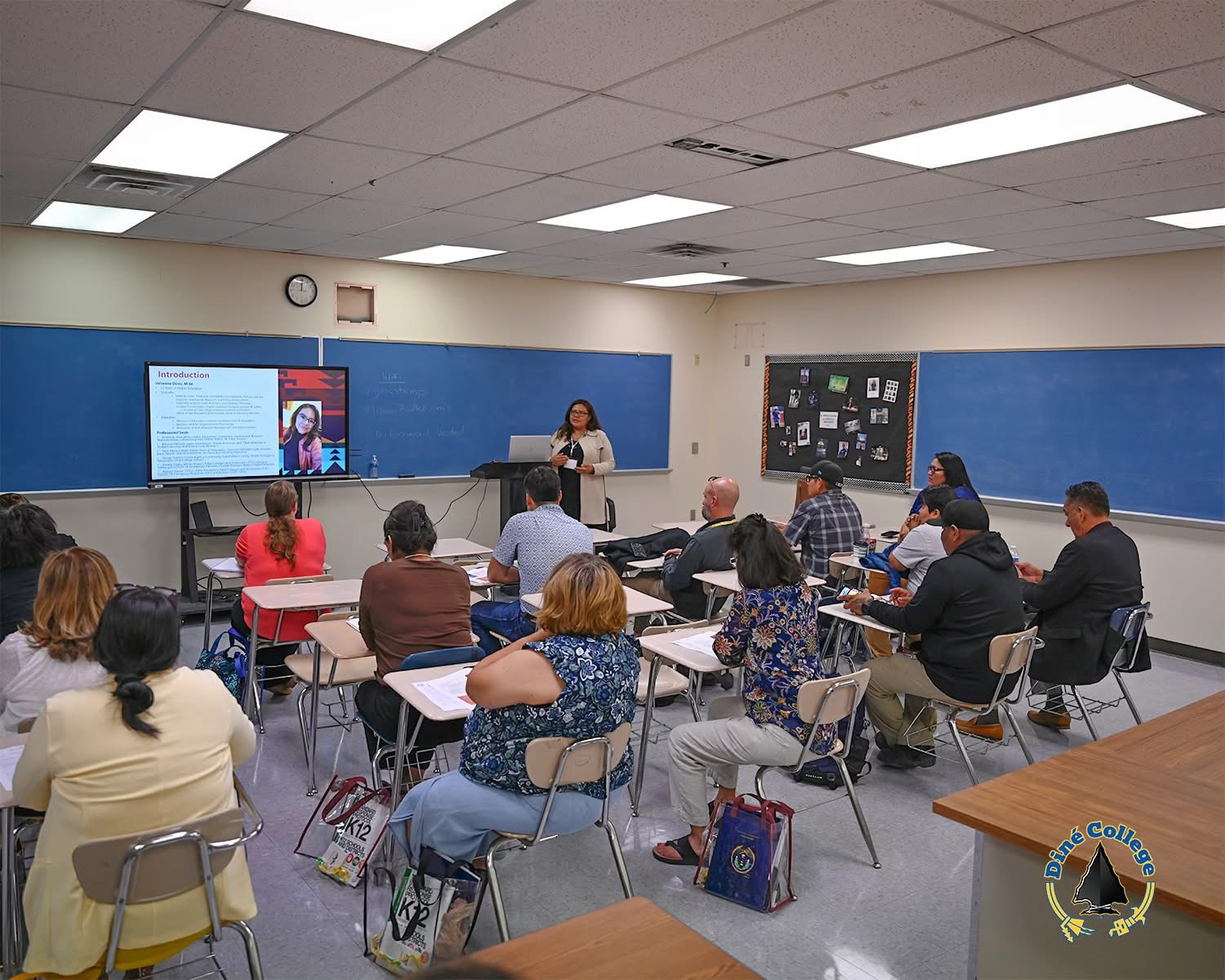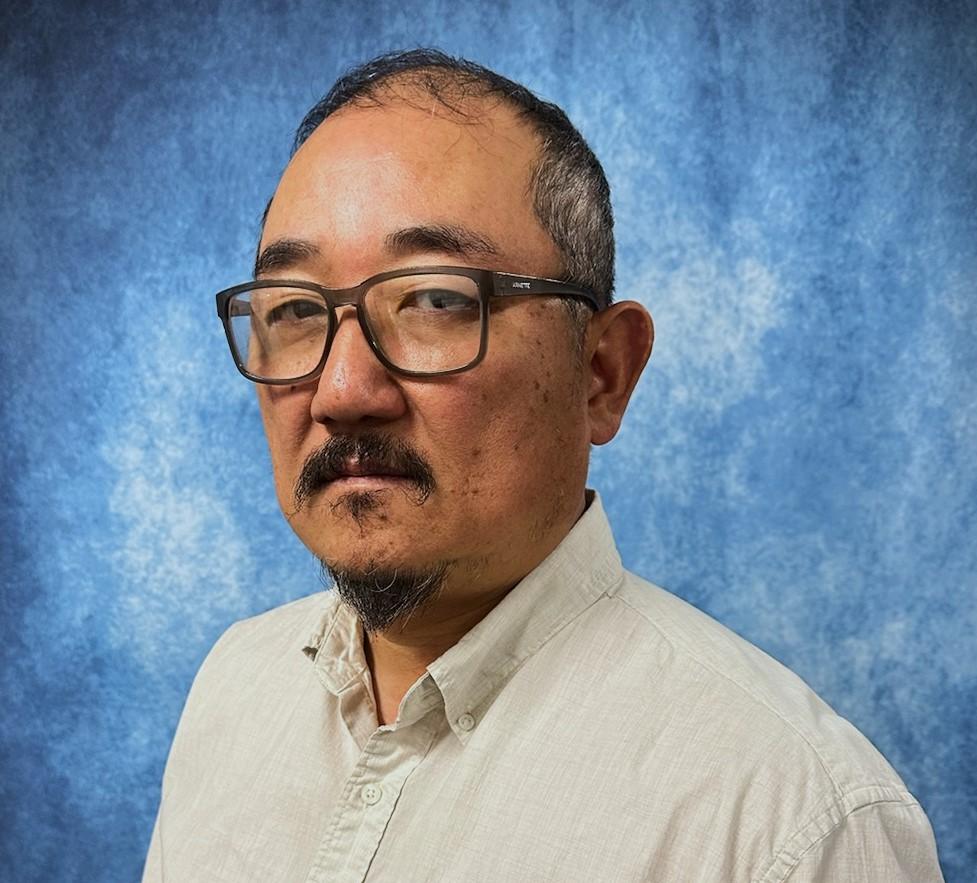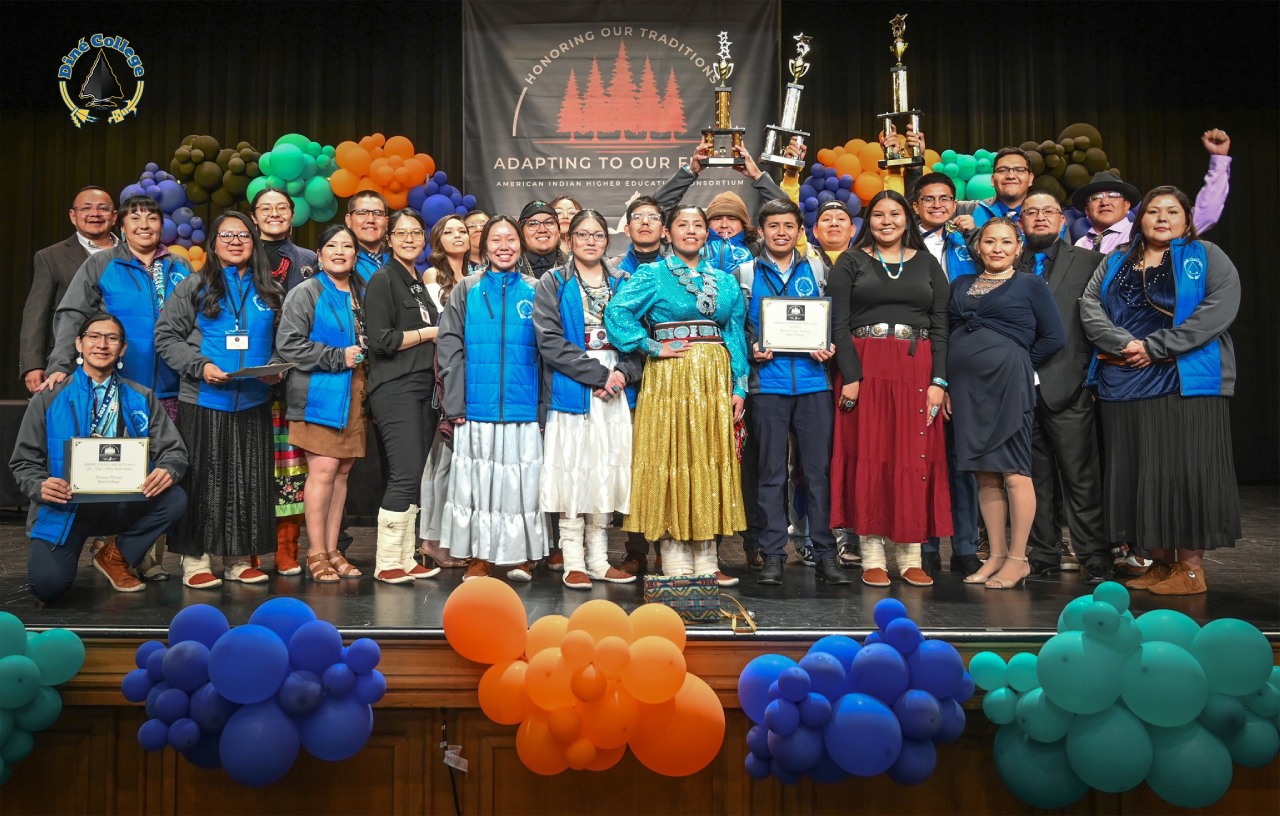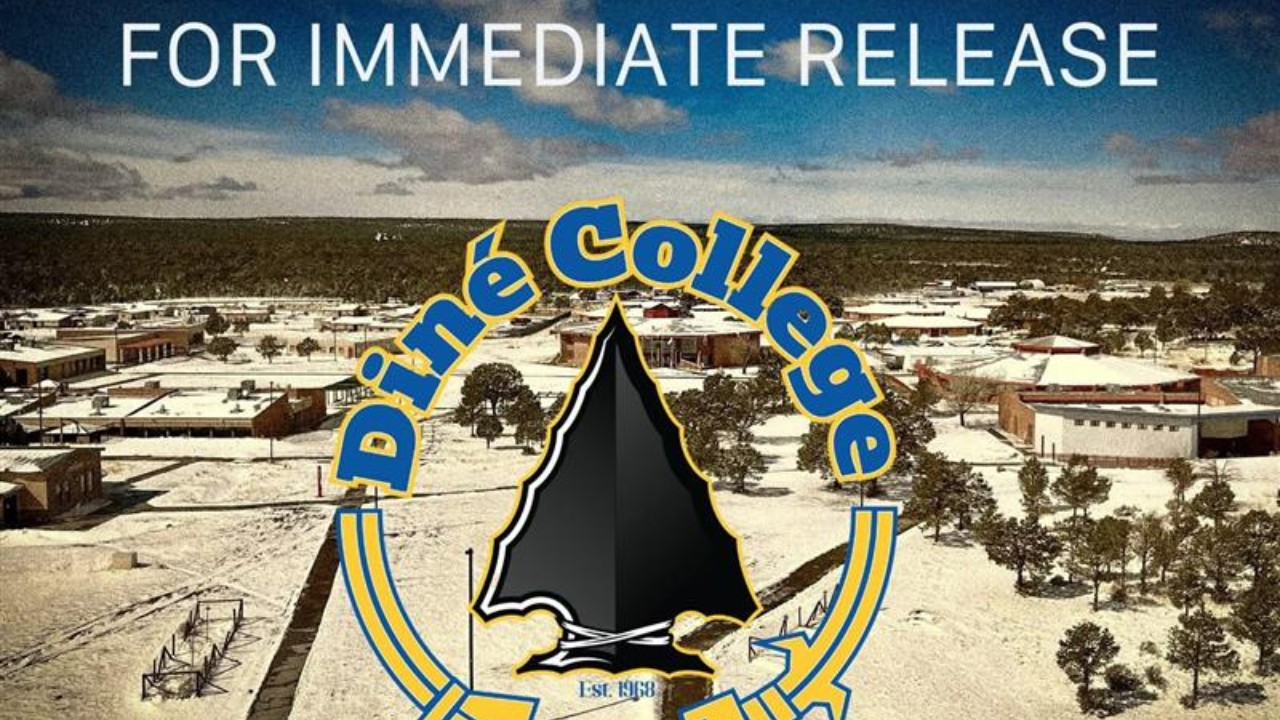Navajo Nation Hosts 2025 School and Community Safety Summit
June 26, 2025
Gallup, NM. The Navajo Nation convened the 2025 School and Community Safety Summit, bringing together a broad coalition of educators, law enforcement officials, health experts, students, and community leaders. Held under the theme “Ensuring Our Future by Protecting Our Children and Communities,” the event aimed to strengthen safety strategies, promote collaboration, and integrate cultural values into emergency preparedness within schools and communities.
Dr. Ferlin Clark, Chair of the Task Force and Education Administrator for the Navajo Nation Department of Diné Education, opened the summit by emphasizing the collective duty toward children’s safety. “The well-being of our children must guide every decision we make,” Dr. Clark said. “This summit represents a unified effort to build environments where students feel safe and empowered to learn and grow.”
Navajo Nation President Dr. Buu Nygren highlighted the summit’s theme of timely preparedness and collaboration. “It’s not a matter of if but when a crisis will test our readiness,” Nygren stated. “This summit ensures that every community benefits from well-thought-out safety measures, allowing our children to learn and thrive in environments designed for their security and success.”
Building on these remarks, Claudia Edgewater-Russell, Acting Superintendent of the Navajo Nation Department of Diné Education, stressed the power of partnerships. “School safety is not just a priority; it’s an ongoing responsibility that relies on sustained collaboration,” she said. “By engaging agencies, educators, parents, and partners, we are creating a safety network rooted in our shared commitment to protect the next generation.”
The summit featured key discussions, including a breakout session led by Diné College on integrating Navajo culture into emergency management and recovery efforts. Velveena Davis, representing the college, highlighted the importance of preserving values while enhancing resilience. “Including cultural approaches in crisis management ensures solutions resonate with our community while respecting our traditions,” Davis said. She also acknowledged Navajo Nation Police Department (NNPD) Commander Donnie Kee, whose long-standing work with Diné College has been instrumental in building emergency response capabilities on the college’s campuses. “Commander Kee’s advisement has helped ensure that our strategies remain grounded in cultural understanding while addressing real-world challenges within our communities,” Davis added.
Savannah Six from the Bureau of Indian Education highlighted achievements in training and crisis planning during the Task Force Panel. “We’ve made significant headway in equipping schools with the tools and knowledge required to handle emergencies effectively,” Six explained. Reflecting on the personal stakes, Donovan Russell of the Student Panel shared how safety has a direct impact on students. “When students feel secure and valued, it transforms schools into places of hope and possibility,” he said.
Jvanna Hanks, Deputy Superintendent of Gallup-McKinley County Schools, reinforced the importance of cooperative safety systems. “By implementing standardized protocols and fostering collaboration, we’ve bridged gaps across regions, ensuring no school faces these challenges alone,” she noted.
Keynote speaker Dr. Stephen Sroka delivered an inspiring address, “The Power of Belonging,” focused on the connection between community and safety. “True safety begins with belonging,” Dr. Sroka said. “When every individual feels included and supported, schools naturally transform into resilient, thriving environments.”
Behavioral health was a central theme, as detailed by Anne Marlow-Geter of the New Mexico Public Education Department, who introduced the new cell phone policy anchored in Senate Bill 11. “Limiting cell phone use during instructional hours not only reduces distractions but also alleviates mental health challenges related to social media. These measures promote both safety and academic focus,” Marlow-Geter said.
Law enforcement leaders echoed key priorities of coordinated action. NNPD Chief Ronald Silversmith acknowledged the challenges of resource limitations but praised the dedication of officers working directly with schools. “Their commitment makes all the difference in maintaining secure learning spaces,” Silversmith said. Sergeant Austin Ashby of the Utah Department of Public Safety added, “Cross-jurisdictional partnerships enhance our collective response capabilities, ensuring a more comprehensive safety framework.”
Mike Kurtenbach, Director of School Safety for the Arizona Department of Education, emphasized the need for customized safety programs. “Tailored safety solutions allow each community to implement approaches that both protect and empower their schools,” Kurtenbach explained.
Concluding the summit, participants adopted an action plan focused on emergency preparedness, mental health resources, culturally responsive safety protocols, and unified communication among agencies. These collaborative initiatives aim to build safer environments for all Navajo students and communities.





